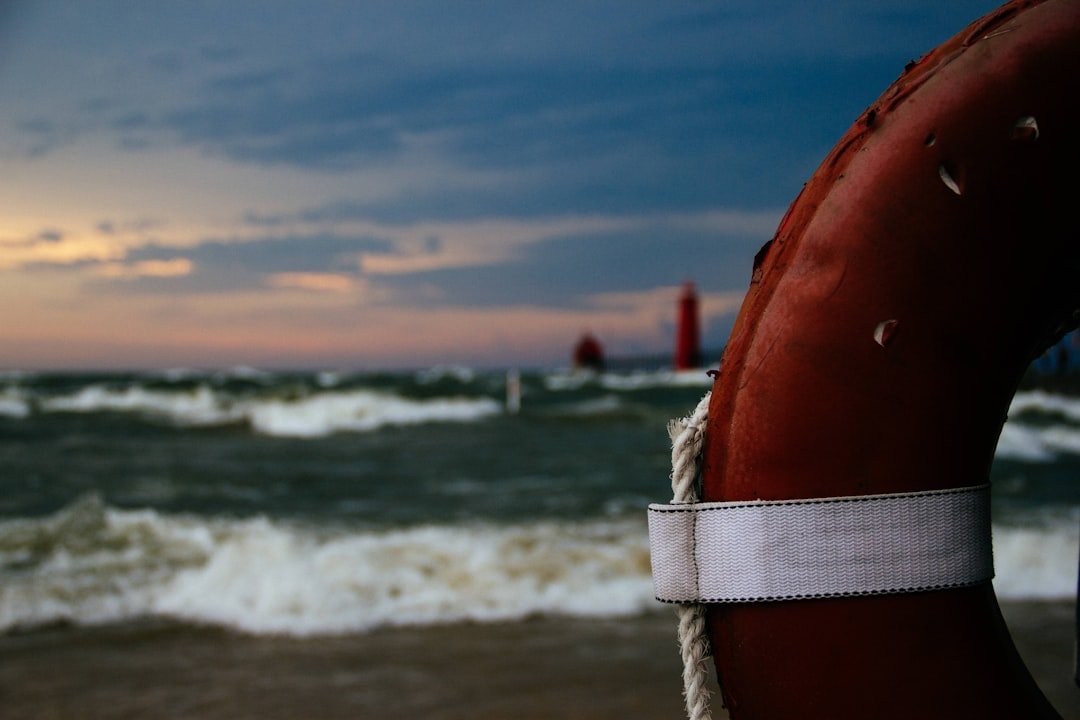
Each year, around 40 million individuals in the United States embrace the outdoors through camping, according to recent outdoor recreation surveys. This activity varies widely, with some adventurers opting for solitary escapes to immerse themselves in natural serenity, while others turn it into a cherished family tradition. Options range from spacious shelters like 10-person camping tents to mobile setups in recreational vehicles, catering to diverse preferences.
Regardless of the approach, one universal truth stands out in the world of camping: prioritizing safety is essential for everyone involved. The wilderness can be full of surprises, from sudden weather shifts to unexpected hazards, making it crucial to plan ahead and implement protective strategies. These precautions not only safeguard your health and that of your companions but also enhance the overall enjoyment of your outdoor escapades.
Getting ready for the Sudden
The outdoors can deliver unforeseen challenges, such as severe storms or natural disasters like tornadoes, hurricanes, mudslides, or floods, depending on your location. While you can’t control these events, proactive preparation can minimize risks and bolster your resilience. Experts recommend building essential survival skills, starting with assembling a comprehensive kit tailored for your trip.
To stay equipped for emergencies, your survival gear should include key items backed by guidelines from organizations like the American Red Cross. Ensure you pack the following essentials:
• A well-stocked first aid kit
• Non-perishable food supplies for at least three to four days
• Ample clean water
• Warm blankets for insulation
• A battery-powered or hand-crank radio for updates
• A loud whistle for signaling help
Beyond gear, smart environmental decisions play a vital role. Monitor local weather forecasts for several days prior to your departure, drawing from reliable sources like the National Weather Service, to potentially sidestep dangers altogether. In remote areas with spotty cell coverage, a radio becomes indispensable for real-time alerts. For deeper wilderness excursions, consider adding a GPS device or personal locator beacon, as statistics from the U.S. Forest Service show that these tools have aided in numerous rescues. Additionally, equip each group member with their own radio or walkie-talkie to maintain communication, which can be lifesaving if separation occurs during an incident and allows for coordinated responses to threats.
Making Sensible & Secure Choices
Camping often involves physical pursuits that bring excitement and vitality, but many factors remain within your control to ensure a secure experience. Popular options include a variety of activities that demand awareness and preparation, such as:
• Hiking through scenic trails
• Fishing in nearby waters
• Jogging along paths
• Swimming in lakes or rivers
• Rock climbing on natural formations
• Kayaking on calm streams
• Biking on designated routes
Proper readiness for these endeavors is key; for instance, always include life jackets during kayaking outings, particularly for younger participants, as drowning prevention data from the CDC highlights the importance of flotation devices. When swimming, never venture out alone—buddy systems reduce risks significantly. For biking, helmets and protective padding are non-negotiable to guard against falls. Equally important is staying vigilant about the ecosystem around you, including potential wildlife encounters, since many camping areas are shared habitats.
Trails may have well-maintained paths, yet the surrounding foliage could harbor insects like spiders or ticks, which transmit diseases such as Lyme disease, affecting thousands annually. Mitigate these threats by wearing long sleeves and pants, applying EPA-approved insect repellents, and securing pant legs into socks. As the day winds down, relaxing with beverages by the fire is a common ritual that fosters camaraderie, but moderation is critical. Excessive alcohol intake can impair judgment and coordination, potentially leading to accidents, and may exacerbate conditions like acid reflux, according to health studies. Thus, enjoy drinks responsibly to preserve safety for yourself and your group.
Making a Secure Campsite
Your campsite setup is one aspect you can fully manage, whether you’re erecting a tent or arranging a cozy spot near your RV, and it directly influences your overall security. Begin by selecting an ideal site; opt for level ground to avoid instability, especially in designated campgrounds where options are pre-vetted, though always check for potential issues like uneven terrain.
Respect the environment by avoiding disruption to local flora and fauna—unnecessary disturbances can harm ecosystems, as noted in conservation reports from the National Park Service. If you spot animals in high-traffic zones that pose risks, alert campground staff promptly. Once settled, a campfire can enhance the ambiance, but fire safety is paramount, given that human error causes approximately 85% of wildfires in the U.S., often from improper containment.
To promote safe fire practices, follow these guidelines:
• Keep the fire contained to a small, manageable size
• Have a fire shovel on hand for control
• Never leave the flames unsupervised
Before departing your site, extinguish the fire thoroughly at least 30 minutes in advance by dousing it with water, stirring the embers with a shovel, and confirming no heat remains by watching for steam. If hissing persists or hot spots linger, repeat the process. Dispose of ashes according to campground rules, or relocate them deep into non-traffic areas to prevent re-ignition and protect other visitors.
As you plan your camping adventure, incorporating these safety measures into your preparations will help guarantee a worry-free experience. By focusing on prevention and awareness, you and your companions can fully savor the joys of the great outdoors while minimizing potential hazards.




